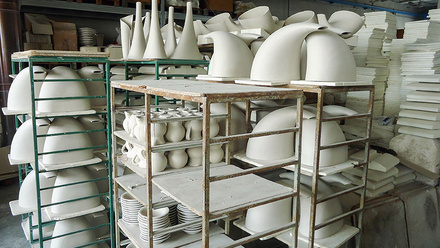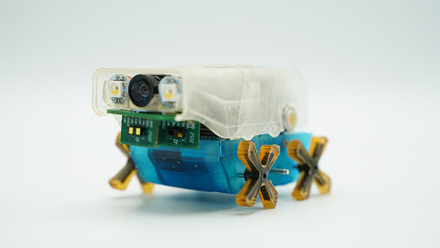PhD opportunities to advance Materials 4.0
The projects are being run by the UK Engineering and Physical Sciences Research Council (EPSRC) Centre for Doctoral Training.

Henry Royce Institute collaborates with the EPSRC Centre for Doctoral Training (CDT) in Developing National Capability for Materials 4.0.
The multi-institutional CDT is training digital materials scientists who are prepared to adopt a materials informatics framework, combinining capabilities from risk management, materials modelling, artificial intelligence (AI), manufacturing informatics and life-cycle simulation.
The £16.5mln centre from EPSRC and partners was established in 2024 across seven members of the Henry Royce Institute and National Physical Laboratory to train more than 70 digital pioneers over the next four years.
The next recruitment round will bring in the second cohort of researchers on the CDT programme - with fully-funded, four-year studentships across seven leading research universities from September 2025.
The candidates can undertake a project with a leading researcher and industry partner at a chosen institution. Participants will be able to join a community of PhD researchers under a novel initiative in Materials 4.0.
Find out more about the first wave of projects for the Cohort 2 programme. They include:
- Accelerated electrocatalyst design using artificial intelligence
- Early-stage failure prediction in fusion materials using machine learning
- High-throughput characterisation and inline process monitoring of 2D semiconductor films
- Utilising machine learning to ensure the long-term stability of perovskite solar cells
- Joining the dots between AI, machine learning and materials advances in green technologies
- Mechanistic modelling of hydrogen-material interactions
- Non-contact measurements of thin catalytic membranes with ultrasonics
- Particle properties by design
- Towards in silico selection of interfacial actives: discovery of new corrosion inhibitors for high-value coating formulations







